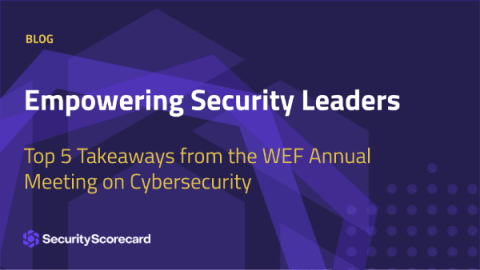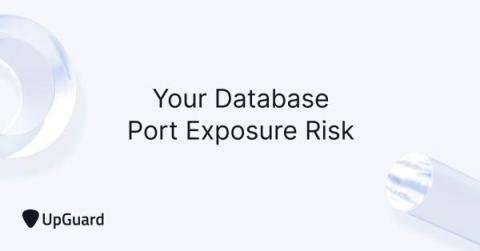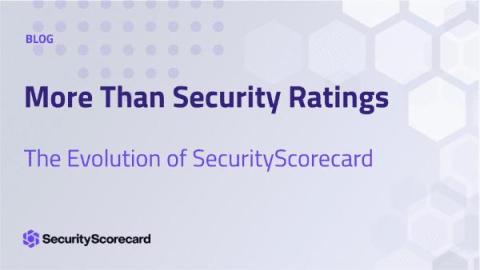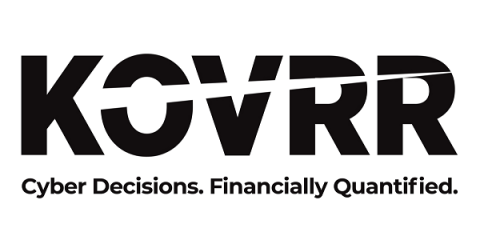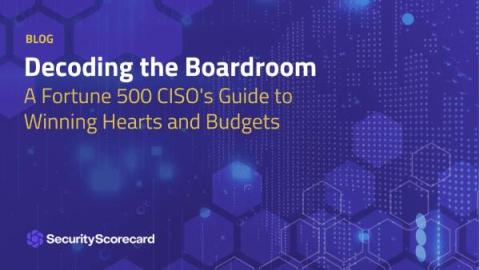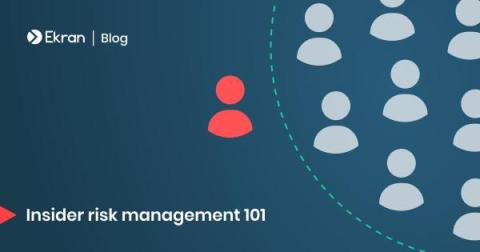Empowering Cybersecurity Leaders
SecurityScorecard recently participated and presented in the World Economic Forum’s (WEF) Annual Meeting on Cybersecurity, which brought together 160 leaders on cybersecurity, including: global Chief Information Security Officers (CISOs); academic thought leaders, heads of cybersecurity from multiple countries and entities (the United Arab Emirates, Canada, Singapore, Luxembourg, the European Union, and Interpol); and the CEOs of several major companies.


